Cow’s milk is one of the most popular foods around the world, thanks to its versatility. It’s used to make products such as cheese, butter, yogurt and ice cream. It can even be enjoyed by itself for a refreshing afternoon drink, or blended with fruits to create smoothies.
However, chances are the milk you’ve been drinking throughout your life is pasteurized, which can be detrimental to your health. This is because pasteurized milk comes from cows raised in concentrated animal feeding operations (CAFOs), which is the perfect breeding ground for foodborne illnesses.
Instead, you should try making the switch to raw, unpasteurized milk. It is far superior to commercially manufactured milk not just in taste, but in nutrients as well.
Raw Milk Benefits You Should Know
There are many reasons why you should drink raw, unpasteurized milk instead of the pasteurized variety. It has been found to be a quality source of:
- Proteins —The majority of milk proteins are made of casein, which may help maintain healthy blood pressure and increase the absorption of minerals.
- Probiotics— Raw milk is rich in healthy bacteria that can benefit your digestive system.
- Omega-3— Eicosapentaenoic acid (EPA) and docosahexaenoic acid (DHA) are omega-3 fatty acids found in milk. This type of milk also has a better omega 3 to 6 ratio than pasteurized milk. Research has discovered that raw milk contains 62% more omega-3 fats and 25% fewer omega-6 fats compared to conventional milk.
- Calcium — Milk is one of the most well-known sources of calcium, a mineral that may help promote stronger bones and teeth. Furthermore, calcium from cow’s milk is easily absorbed by your body.
- Assorted vitamins and minerals— Raw milk contains vitamins A, B, C, D and E along with minerals such magnesium, phosphorus and iron, all of which may help enhance your health.
The Difference Between Raw Milk and Pasteurized Milk
Raw, unpasteurized milk is derived from cows that are raised in an open pasture, free from herbicides and other toxic chemicals that can negatively affect the final product. The appearance of grass fed organic milk is quite different — it usually has a yellowish color, as opposed to the pure white appearance that most people are familiar with. This coloration comes from the carotenoids in the grass that cows eat.
On the other hand, pasteurized milk means that the liquid has undergone pasteurization, a heating process named after Louis Pasteur. While working as a professor and dean at the University of Lille in 1862, he spent his free time figuring out how to prevent alcoholic beverages from turning sour due to the invasion of bacteria. Eventually, his experiments were a success and the method was adopted to fit the milk industry.
In theory, pasteurization may seem beneficial, but it actually reduces the quality of milk. It also destroys the naturally occurring lactic acid bacilli that can benefit your digestive system. As a result, the process creates a blank slate where harmful bacteria can proliferate, causing digestive problems when consumed. The Raw Milk Institute lists a number of negative effects that pasteurization has on milk:
- Reduces the bioavailability of calcium
- Reduces vitamins A, B complex, C and E, as well as minerals like copper and iron
- Destroys beta-lactoglobulin, thereby decreasing intestinal absorption of vitamins A and D
- Renders beneficial enzymes, including anti-inflammatory alkaline phosphatase, inactivate
Is Raw Milk Safe to Drink?
The important thing you should consider is the quality of the product and how it’s made. For raw milk to be deemed safe, the cows need to be healthy and organically raised in a pasture to help minimize the amount of toxic herbicides and pesticides. This helps lower the risks associated with drinking raw milk. According to the Raw Milk Institute:
“… [R]aw milk that is carefully and intentionally produced for direct human consumption is a low-risk food. This type of raw milk is wholly different from raw milk being produced in unhygienic conditions.
Raw milk intended for direct human consumption is produced in sanitary conditions, with much care to ensure that the animals are healthy and that the milk is clean. This type of raw milk is tested often and held to rigorous standards to ensure that it is being produced in a way that discourages pathogen growth.”
They add that as long as farmers undergo proper training and adhere to careful production practices and ongoing testing, raw milk is a “low-risk food.”
A Guide On Where to Buy Raw Milk
One of the best ways to guarantee you’re buying safe, high-quality raw milk is to find a local organic farm that specializes in this product. If possible, meet with the owners of the farm to get an idea on how their milk is produced. Here are a few guide questions to help you determine if the milk comes from healthy cows:
- Does the farmer and their entire family drink the milk themselves?
- Are the cows fed with natural grass on a pasture? If not, what are they feeding the cows?
- What conditions are the cows raised in? Do they look healthy?
- Is the milk immediately chilled after collecting?
- Does the farmer test their milk for pathogens, and can they prove that their product has a low pathogenic population?
- How long has the farmer been in business producing raw milk?
- Is the farm accredited with sanitation standards? On a related note, does the farm have a history of sanitation problems?
- Are cows given antibiotics and growth hormones? (Remember, organic standards do not allow this practice.)
You can check the Raw Milk Institute’s listing for a source of this valuable food. If there are no providers near you, check out the Real Milk Finder and GetRawMilk.com.
Frequently Asked Questions About Raw Milk
Q: How long does raw milk last?
A: Raw milk can last anywhere between seven to 10 days, but it must be kept at an optimal temperature of 36 to 38 degrees Fahrenheit (2.2 to 3.3 degrees Celsius). If the temperature goes higher than the recommended range, the naturally occurring Lactobacilli will start producing lactic acid faster, resulting in a sour flavor until the milk becomes spoiled.
Q: Can you freeze raw milk to prolong its lifespan?
A: Yes, it’s completely safe to place raw milk in the freezer to prolong its shelf life. In an experiment performed by Dr. Weston A. Price, he tested frozen butter after a year in storage and found no deterioration in quality.
If you plan to store raw milk for a long time, the Healthy Home Economist recommends giving the container a good shake so the cream will be evenly distributed. If using glass containers, it’s smart to keep the lid partially open to prevent the buildup of pressure that will cause the glass to break.

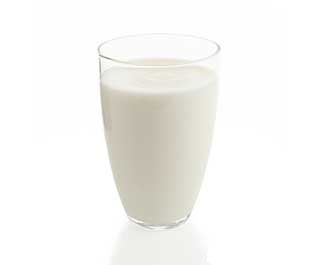

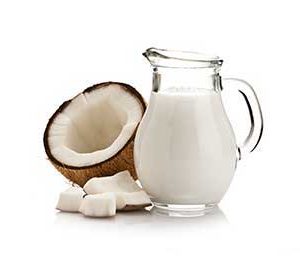
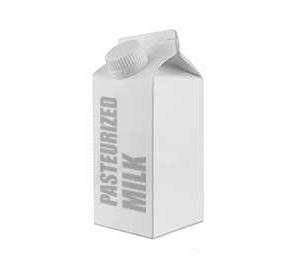
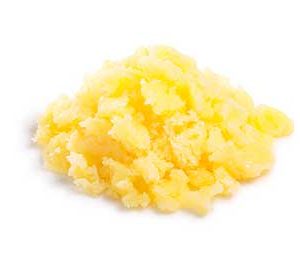
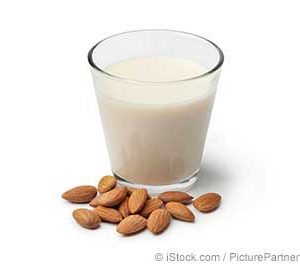
Reviews
There are no reviews yet.